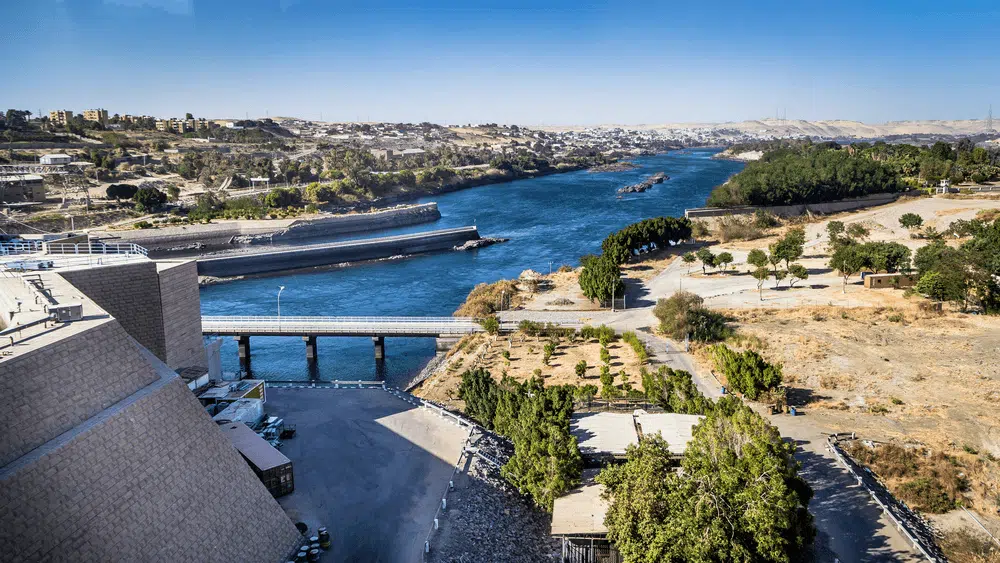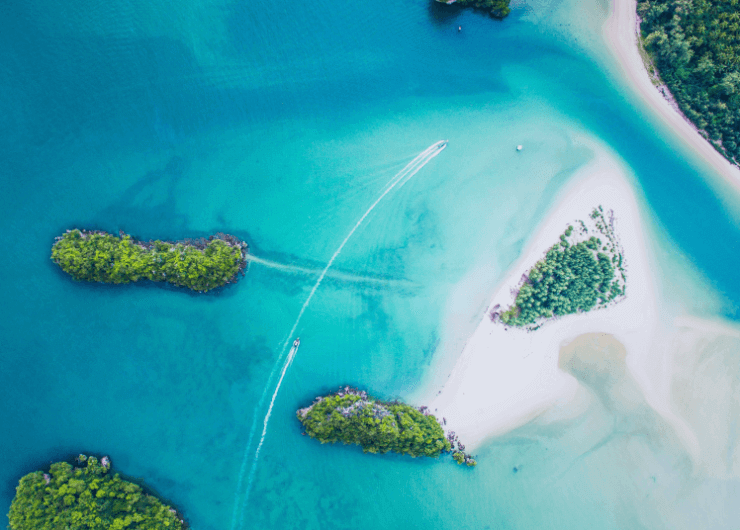Cultural, historical, adventure, and custom customized trips are just a few of the tours that Deluxe trips offer in Egypt and Jordan.

The Nile River is not a river — it's the reason Egypt exists. At over 6,650 kilometers in length, the Nile is the longest river in the world and the lifeblood of one of the world's oldest and greatest civilizations on the planet. The Nile runs from south to north and has affected Egypt's religion, culture, and agriculture for millennia. The Nile continues to amaze travelers from around the world today, with memories of unforgettable cruises, breathtaking vistas of temples, and serene travel through Egypt's living past. A River of History: How the Nile Built Ancient Egypt, Long ago, the Nile was Egypt's lifeblood.
Its annual flooding fertilized the land, enabling Egyptians to plant crops in what would otherwise have been a desert waste. Civilizations along its banks spawned the pharaohs, pyramids, temples, and tombs that now draw millions of tourists. Major facts regarding Nile in ancient Egypt: Deified as a god (Hapi), Divided the nation into Upper Egypt (south) and Lower Egypt (north), Made trade, communication, and agriculture possible, Figure in myths, calendars, and religious festivals Contemporary Nile Cruises: A Timeless Experience
A Nile River cruise is one of the most popular ways of traveling along the Nile, especially between Luxor and Aswan. Nile cruises combine luxury and history and allow travelers to sit back and visit Egypt's most renowned attractions at ease. Traditional stops on a Nile cruise: Luxor: Luxor Temple, Karnak Temple, Valley of the Kings, Edfu: Temple of Horus. Points of interest on a Nile cruise: Kom Ombo: The Sobek and Horus Double Temple, Aswan: High Dam, Temple of Philae, Nubian Village, Cruises range from 3 to 7 nights, and there are budget and deluxe ones available, so that everyone can have the chance to see the magic of the Nile. Best Places to Visit on the Nile River Karnak and Luxor Temples – Luxor highlights on the East Bank, Valley of the Kings – Pharaohs' Tombs on the West Bank, Temple of Kom Ombo – Temple of Sobek, the crocodile god, Temple of Philae – Beautiful island temple in Aswan, Nubian Villages – Rich culture just near Aswan. Each place has its own personality, and the Nile factor enriches it.
For a slower, more traditional experience on the river, sail on a felucca—a wooden sailboat that has been in use since ancient times. These peaceful excursions, especially at sunset, offer idyllic views of the riverbanks, birds, and temples. Some of the common felucca excursions include: Around Elephantine Island, Between Aswan's West and East Banks, Sunset cruises with Nubian guides.
The Relevance of the Nile in Egyptian Life Today. In spite of the modernization of Egypt today, the Nile remains essential: 80% of Egypt's population dwells on its banks, It provides drinking water, agricultural and industrial water, It is a national symbol of continuity and heritage, Though its course has been changed by dams and urbanization, the Nile remains the theme of poetry, music, and art in Egyptian life. Fun Facts About the Nile River, The Nile flows northward to empty into the Mediterranean Sea. It is formed by two major tributaries: Blue Nile and White Nile. Ancient Egyptians believed that the Nile originated from heaven. It was used as a means to transport obelisks, stones, and grains.
Best time: October to April nicer and cooler, Best views: Sunset over the river in Luxor or Aswan, Best experiences: Nile cruise, hot air balloon in Luxor, felucca ride in Aswan
Final Thoughts: The Nile is More Than a River—It's Egypt's Soul. To travel through Egypt and not feel the pulse of the Nile is to miss the rhythm of the country. Whether cruising along between monuments from the ancient world, sailing in the sun with a felucca at sunset, or just standing on the banks watching the sun's play with the water — the Nile ties you to the past, present, and pulse of Egypt.
Discover now our answers to the most common questions that may come to your mind about tourism and trips to Egypt
Cultural, historical, adventure, and custom customized trips are just a few of the tours that Deluxe trips offer in Egypt and Jordan.
The Dead Sea, Petra in Jordan, the Pyramids of Giza, Luxor's historic temples, and many other famous sites can be expected to be explored with Deluxe Tours.
offer a hassle-free holiday, Deluxe Tours' packages generally include lodging, transport, meals, guided tours with experienced local experts, and entry fees to attractions.
Spring (March to May) and fall (September to November) offer the finest weather for sightseeing and outdoor activities, making those months the best times to visit Egypt and Jordan.
These two countries are close by, only a 1.5-hour flight apart, and when combined, offer a variety of distinctive experiences. We advise you to spend at least 12 days visiting both countries for a truly unforgettable experience
Combining the eclipse viewing with visits to historic sites like the Pyramids of Giza, the Valley of the Kings, and a Nile River cruise are highly recommended.
